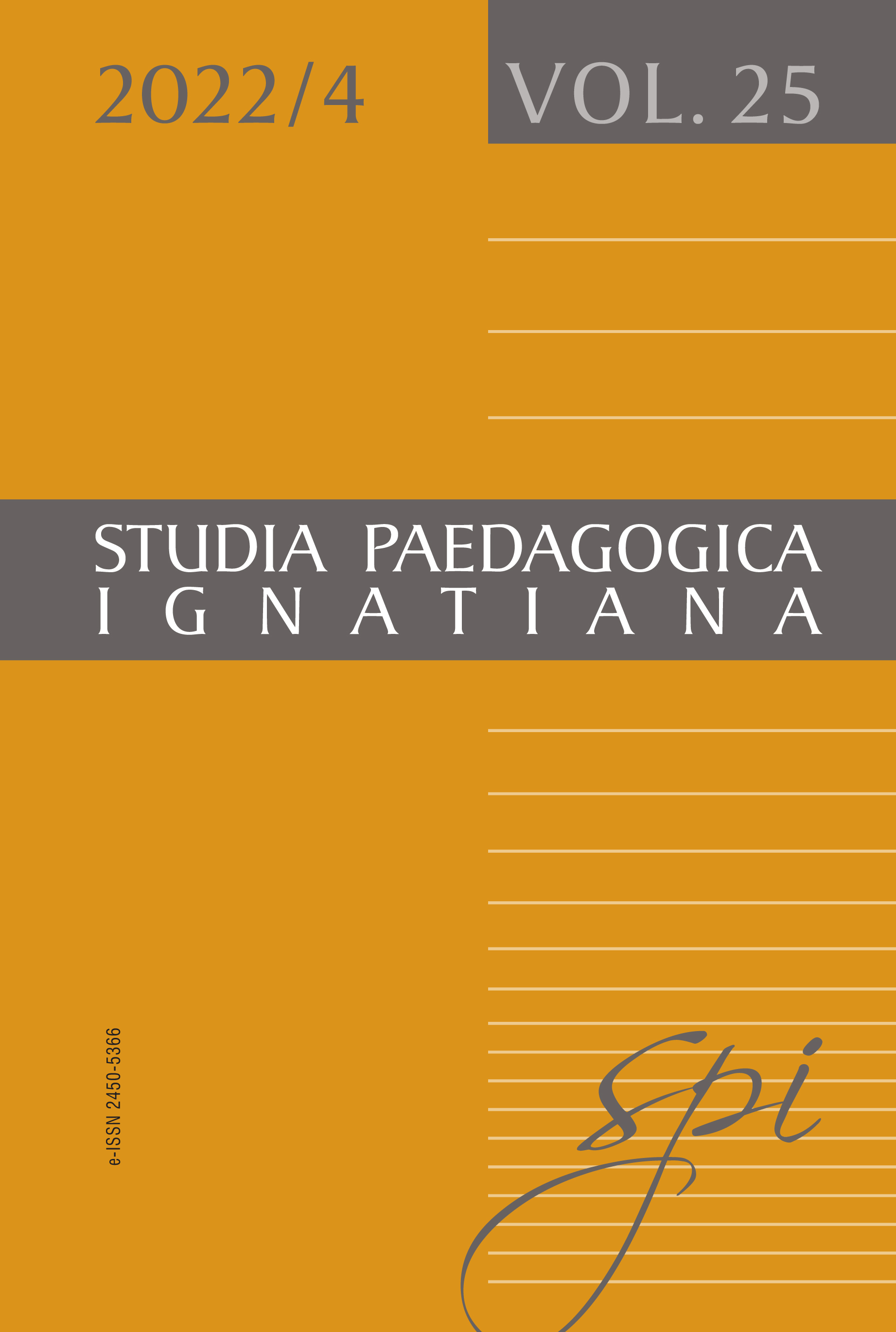The Experience of Peer Aggression as a Heterogeneous Phenomenon: A Latent Class Analysis
The Experience of Peer Aggression as a Heterogeneous Phenomenon: A Latent Class Analysis
Author(s): Joanna Frankowiak, Martyna KotyśkoSubject(s): School education, Studies in violence and power, Sociology of Education
Published by: Uniwersytet Ignatianum w Krakowie
Keywords: peer aggression; adolescents; latent class analysis; prevention; cyber aggression; traditional aggression;
Summary/Abstract: Peer aggression, when escalated and regular, has negative consequences for proper psychosocial development. The main aim of this study was to identify classes among middle school students according to similarity in terms of experiencing particular forms and manifestations of peer aggression. Data were collected using a proprietary questionnaire, from which 10 questions forming indicators of experienced aggression (five forms, two manifestations each) were used for analysis. A total of 1.050 middle school students (525 boys and girls each) aged 13 and 14 participated in the study. The students most often experienced verbal and relational aggression, and least often sexual aggression. Boys were more likely to report experiencing physical and verbal aggression (being insulted), while girls reported being the target of gossip and cyber aggression (offensive comments). Using Latent Class Analysis, we analyzed a model with six classes as follows: Low all, High verbal and relational, High physical and verbal, High all without sexual, High all and High sexual, cyber and relational. The results show that the phenomenon of peer aggression is not homogeneous and that the design of preventive measures should take into account the specificity of the experiences of its victims.
Journal: Studia Paedagogica Ignatiana
- Issue Year: 25/2022
- Issue No: 4
- Page Range: 45-66
- Page Count: 22
- Language: English

